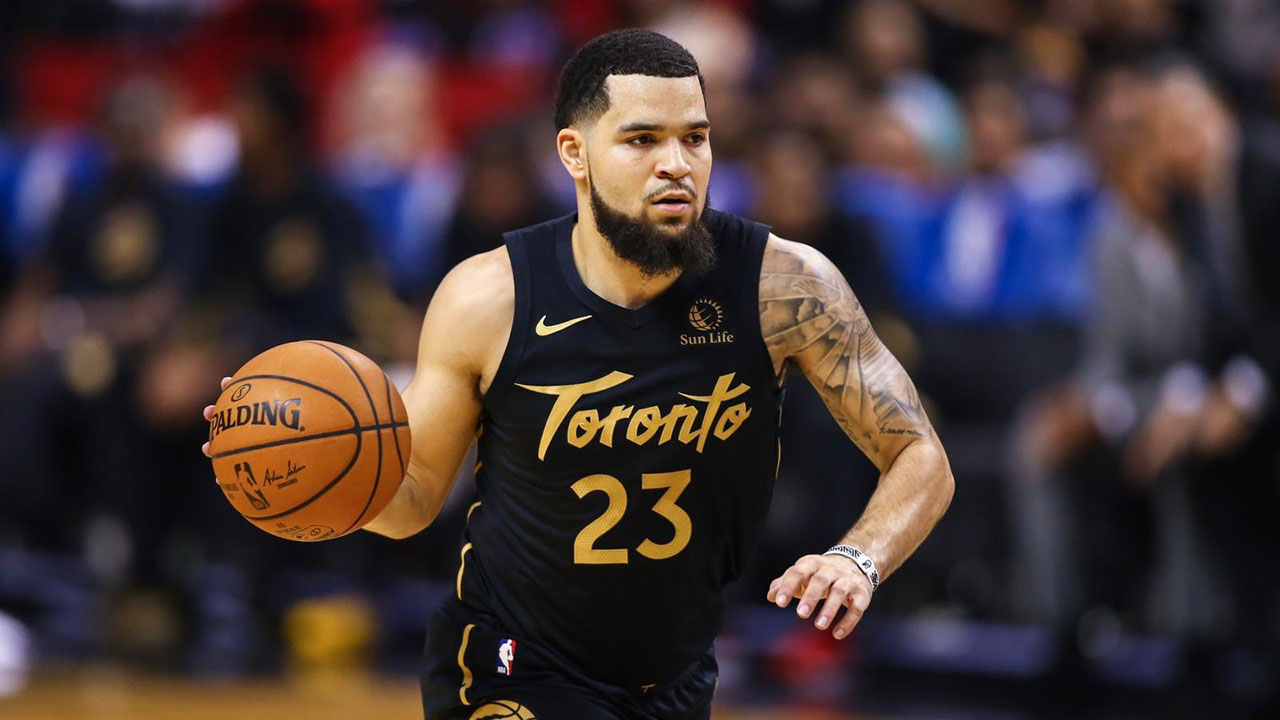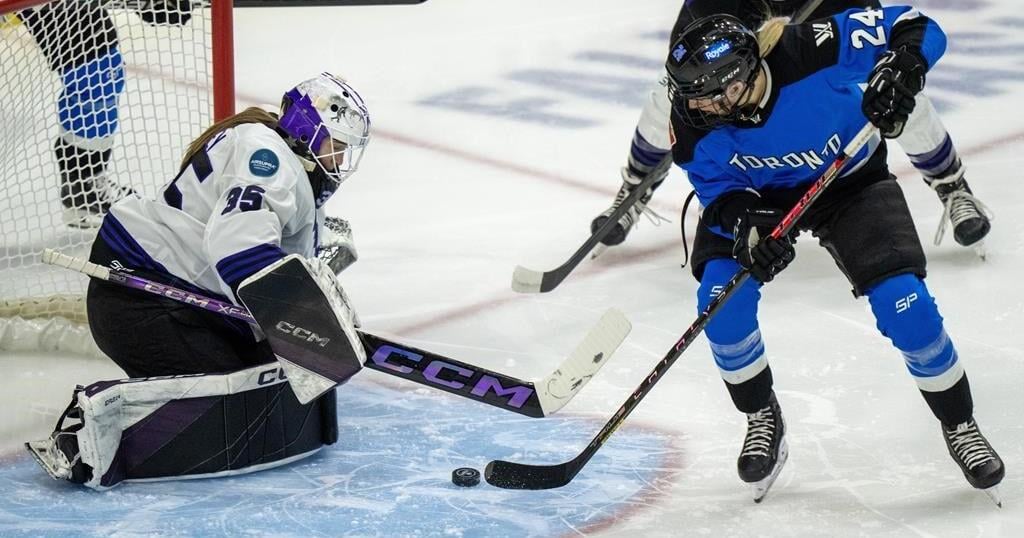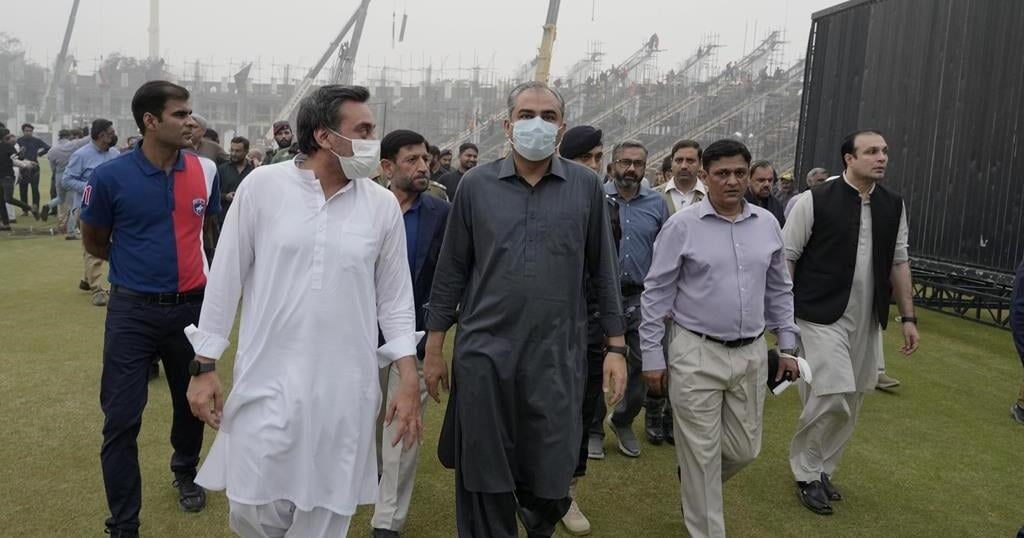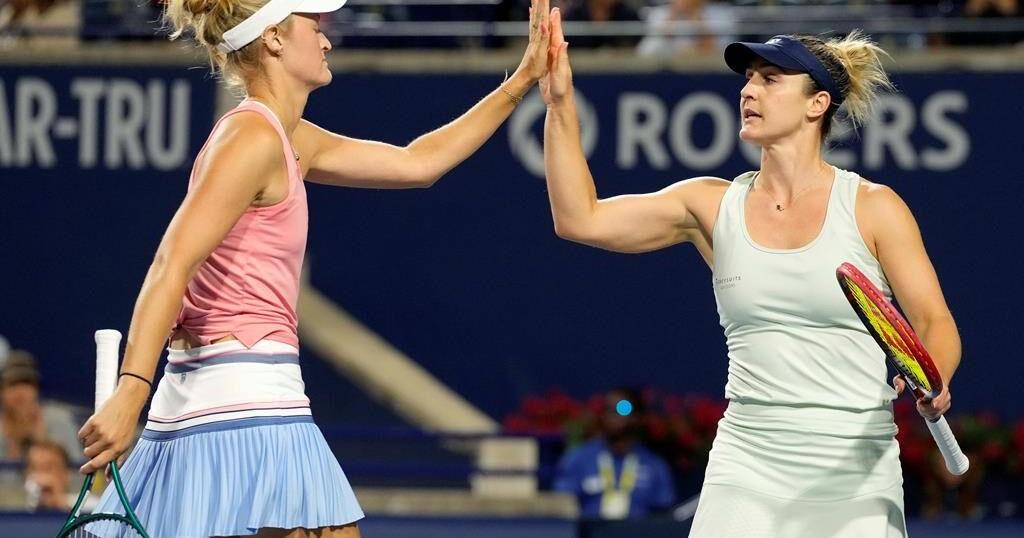TORONTO — Fred VanVleet knew he was tired. But he wasn’t sure why. Then he picked up the stat sheet in front of his locker.
“Forty-one was a lot,” VanVleet said Wednesday night after playing that many minutes while his Toronto Raptors lay down a marker against the Philadelphia 76ers, 107-95. “I’m definitely feeling it tonight.”
He’s meant to be on a minutes restriction, you know. Only three games back from a still-not-quite-healed hamstring injury, VanVleet’s not supposed to be playing 41. He logged fewer than 30 in his return, and only 26 a couple nights later. So what happened Wednesday?
“Yeah, that kind of went out the window tonight,” he said. “But that’s the grind of the NBA. I wouldn’t have it any other way.”
It should be no surprise to learn VanVleet’s currently playing through something — actually several somethings. He sat out only five games with that right hamstring strain earlier this month, and only another five with a knee issue in December. He was already dealing with a sprained ankle and a jammed thumb. Then he caught someone with his knee again Wednesday. It’s not uncommon these days to see VanVleet come down funny underneath the basket and spend his trip up the floor shaking something off.
But this is his game. His effectiveness as one of the smallest players on the floor is dependent on fearlessness driving to the rim and physicality in defence, as he trades the pain of a collision with a bigger man or the floor in exchange for the benefit of making a play for his team. There’s a toll when you play that way. But that way’s the only one VanVleet knows.
And we really don’t talk about him enough. Look, it’s not for nothing that soon-to-be-all-star Pascal Siakam won the NBA’s Most Improved Player award last season with a year-over-year increase of 9.6 points, 1.1 assists, and 2.4 rebounds per game. Entering Wednesday night, VanVleet’s increase this season over last was 7.4 points, 1.9 assists, and 1.2 rebounds. And he’s done it with only an 8.3 minute per game increase versus Siakam’s 11.2, while averaging nearly five fewer attempts per night.
Then he went out and hung a team-high 22 points on the 76ers, drilling 6-of-7 attempts from beyond the arc. He’s now hit 14-of-19 threes since returning from the hamstring injury, while still creating plenty for his teammates and causing his usual havoc on defence. Wednesday, he dished out eight assists. That matches the eight steals he has in three games since his return.
Remember, it was less than a year ago that VanVleet was nearly played out of Toronto’s second-round series against these same 76ers, as a combination of a disastrously-timed shooting slump and Philadelphia’s length forced him off the floor. VanVleet averaged only 16.8 minutes per night over that seven-game slugfest, and 13.7 over the final four. He ultimately scored only 14 points in the entire series.
Wednesday, VanVleet scored his 13th point late in the third quarter, as he struck his second three in as many possessions, giving his team the lead. Moments later, he ran a pick-and-roll with Kyle Lowry of all people, sending the only player on the floor listed as shorter than him to the rim to extend that lead.
The six three-pointers he hit Wednesday were five more than he hit in that conference semifinal series, and the same amount he sunk over the first two rounds of the playoffs. That says something about what a funk VanVleet was in at the time. It says something else about his continued growth as a shooter.
Some of VanVleet’s attempts in the post-season’s early-going weren’t only missing, but were being blocked at the line by longer athletes who had studied his tendencies and knew not to give him space. His response? Taking a couple steps back. Here’s where his shots came from Wednesday — not a single one within a foot of the line:
VanVleet started working on it last February and March when he was sitting out after left thumb surgery and all he could do was shoot. Raptors head coach Nick Nurse had shown him some numbers comparing his 35-foot attempts to the ones he took right at the line. Nurse said that if VanVleet wasn’t finding the space he needed near the arc, he had the green light to extend his range.
“So, I started to implement it,” VanVleet said. “And obviously the Philly series was a chance for me to say, ‘OK, if I can’t get my shot off or if I get contested — because they do a good job, right? — taking a step back or two steps back is a viable option for me. Especially if I’m going to put the work in to make it a good shot for me.’
“Now, I have more opportunity to take that shot. I’m more of a focal point in the offence. They’re putting the ball in my hands and I’m learning from my mistakes. I still couldn’t make a layup tonight. But that was probably more on me than them.”
Whether layups are falling or not, the Raptors will need VanVleet to fit comfortably into that focal point role, particularly as the club endeavours to limit Lowry’s minutes going forward. After averaging 38.5 minutes per night through the first 28 games of his injury shortened season — which led the NBA by a considerable margin — Lowry’s averaged fewer than 30 over his last five.
This is of course not a reflection on Lowry’s effectiveness or contributions to Raptors wins, but rather a response to the unsustainable workload he was carrying through the first half of the season. There was no way it could continue like that if the Raptors wanted to keep him as fresh as possible for the playoffs. So now he’s leaving the floor a bit earlier in the first quarter, and returning a bit later in the second, letting VanVleet run some of the bench units that have long fallen under Lowry’s purview.
And VanVleet’s more than capable. One of the more sneakily effective lineups Nurse has utilized this season has been VanVleet running the floor with Terence Davis by his side, Rondae Hollis-Jefferson on the wing, and Pascal Siakam and Marc Gasol up front. That unit’s played to an absurd 42.6 net rating (127.8 offensive rating; 85.2 defensive rating) over 27 minutes spread across nine games. It’s been the second-most effective of the 17 lineups Toronto’s run out for at least 20 minutes this season.
Of course, you aren’t going to see that combination of players on the floor come crunch time. And probably not at all come the playoffs when Nurse’s rotation shrinks to seven or eight. But it does demonstrate VanVleet’s utility running transitional groups in the middle of games, after he’s played a combo-guard role opposite Lowry at the beginning, and before he enters as a closer at the end. It’s a lot to handle.
“Yeah, it’s good. It’s a good mixture,” VanVleet said. “We’ve been experimenting with different rotations. And I know when Kyle’s out that I’ve got to be more aggressive. Coming in at the end of the first quarter, that’s what I used to do coming off the bench. So, I’m really comfortable in that time for the last two, three minutes of a quarter.”
It was during one of those runs of play that VanVleet was his team’s catalyst Wednesday, as the Raptors overcame a nine-point second quarter deficit to get into halftime tied. Then he hit those two threes late in the fourth to put the game out of reach. Factor in the defence he was playing, and offence he was facilitating, and Nurse couldn’t take him off the floor.
That’s how the minutes restriction went out the window and how VanVleet ended up so tired looking at a 41 next to his name. And he’ll do that every time he’s asked. He hasn’t forgotten the bitter feeling last spring when the Raptors were beating these Sixers without him.
“I mean, I would never show that series as a highlight tape of myself to anybody. But it was a learning experience,” he said. “I wasn’t in the positions I would’ve liked to be in. I didn’t play well with limited opportunity. But coming out of that, I just wanted to make sure that I learned from my mistakes and that Nurse felt more comfortable giving me more opportunity. And now I’m making it pay off.”
Source link
Related

























